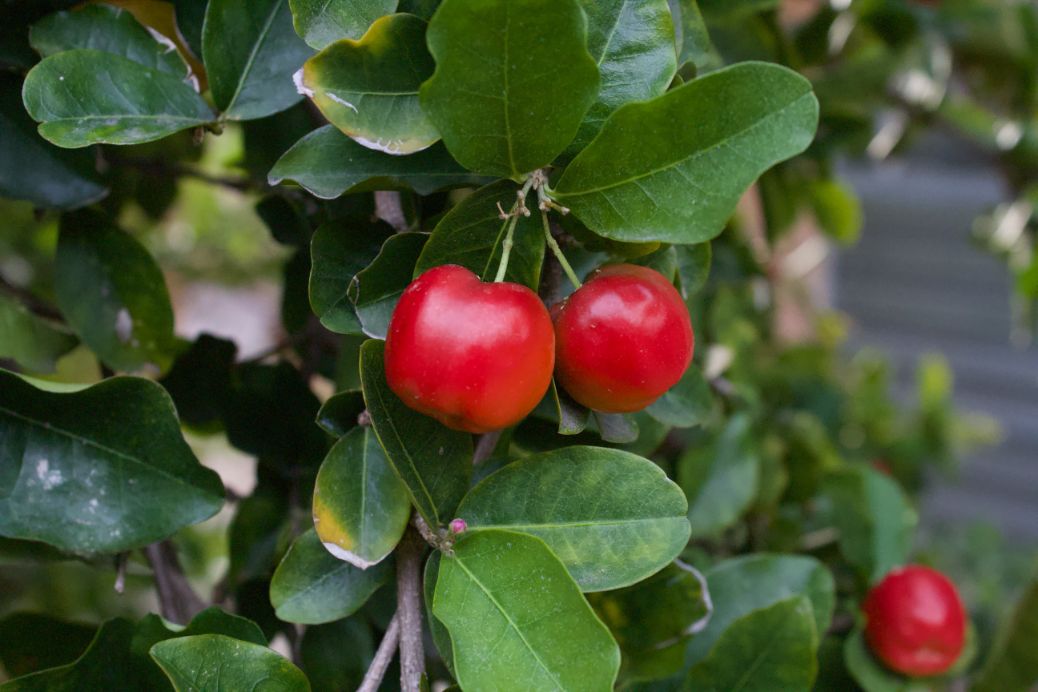Foodscaping for the New Year
December 20, 2020
I typically don’t make New Year’s resolutions, but in these uncertain times traditions can help firm the ground beneath you. In light of that, for 2021, I plan to explore the possibilities of foodscaping in my garden. Foodscaping is a landscaping strategy in which edibles are integrated into a typical ornamental garden. Rather than dedicated yard areas for herb and vegetable gardening, foodscaping takes advantage of small spaces by filling the open spaces around your ornamentals with edibles such as tomatoes, lettuce, pumpkin, garlic and basil. The list goes on!
“The Foodscape Revolution” (2017) by author Brie Arthur, looks at foodscaping design in terms of the principle, “Right Plant/Right Place/Right Time.” She describes her landscape as having three zones based on the amount of attention needed for success. Zone 1 is closest to the house near the foundation with a suggested mix of 50% ornamentals to 50% edibles. Zone 2 is mid-yard with a 60/40 mix. Zone 3, the farthest from the house, requires the least care and incorporates an 80/20 mix of ornamentals to edibles. When considering the right place for your plants, remember, most edibles need full sun to partial shade and well-drained soil.
Arthur suggests starting with the edges of your garden beds due to its convenient location for planting and harvesting. Her favorites in the cool season are garlic, salad greens, onion, parsley, and potato. As the weather warms, replace these with basil, beans, peanuts, peppers and soybeans. If you are looking for a groundcover, she suggests arugula or pumpkin. I would include Malabar spinach for a fast growing, heat tolerant, green to purple leaved, vining groundcover. It is both beautiful and nutritious.
As a specimen plant, imagine a 12-foot upright, evergreen Barbados cherry bush or a border of these bushes with their pink to lavender flowers that bloom from May to November. The sweet to tart fruit, although not a real cherry, is small, red and apple-shaped. It is considered a power fruit as it contains high amounts of vitamin C. One study notes that one cup of these tiny cherries is equivalent to the vitamin C in 16 oranges. Be advised, you will be competing with the birds for this flavorful fruit at harvest time.
Planting herbs and vegetables in the winter is counterintuitive to many of us from the north. However, January in Florida provides the cooler weather needed for growing such herbs as tarragon, thyme, dill, fennel and mint. January is also the last month gardeners should plant potatoes, beets, broccoli, kale and turnips, to name a few. The South Florida Gardening Calendar, on the University of Florida/I FAS website, provides a month-by-month planting guide to assist you in planting the right plant in the right place at the right time.
Edibles add color and beauty to our yards, while rewarding us with fresh, healthy food for our table. Foodscaping empowers us, provides us with exercise, purpose and a sustainable food source. Not a bad resolution to start the new year!
Happy gardening and Happy New Year!
Deborah Haggett is a Lee County Master Gardener Volunteer and a member of the Garden Club of Cape Coral. Visit us at Garden Club of Cape Coral
Arthur, B. (2017). The foodscape revolution: Finding a better way to make space for food and beauty in your garden. Pittsburgh, PA: St. Lynn’s Press
Brown, S.H. & Cooprider K. (2016, March). Barbados cherry (Malpighia glabra): Identification, Uses, and Maintenance. (No longer in print).
